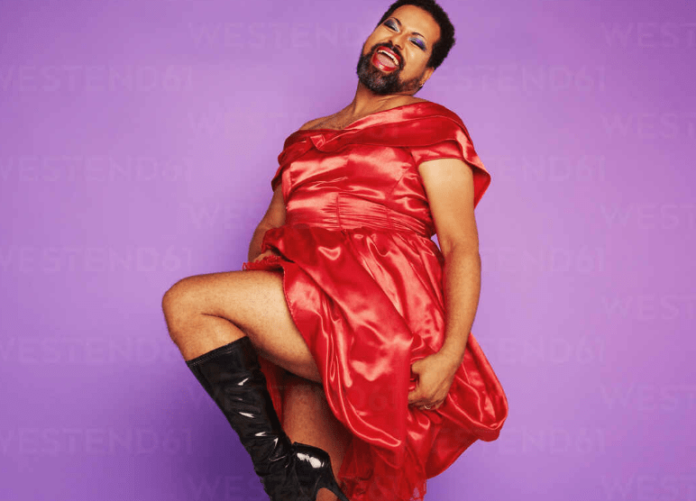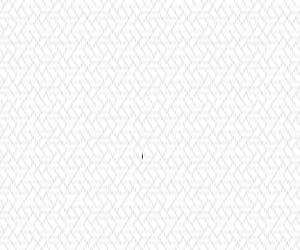Fashion has always served as a vehicle for personal expression, and among the LGBTQ+ community, Gay Clothing is a major means of expressing identity, pride, and uniqueness. Beyond simple fads, the idea of “gay clothing” embodies a complex web of culture, history, resistance, and liberation. Gay Clothing has changed over time, moving from subtly hinting at sexual content to a colorful celebration of individuality and pride. This essay will examine the history of gay fashion, its use as a means of expression, its place in contemporary culture, and its influence on the mainstream industry.
Table of Contents
A Brief History of Gay Clothing
1. Hidden Messages and Coded Language
During the early 1900s, when it was frequently unsafe or forbidden to be openly gay, people who identified as LGBTQ+ concealed their identities through their Gay Clothing. One technique to identify one another without attracting unwanted notice is through clothing choices. For instance, Oscar Wilde’s writing promoted the subtle signal of wearing a green carnation, which was worn by gay males. Similar to this, lesbians in the 1950s and 60s frequently wore masculine clothing items like fitted suits, leather jackets, and pants to express their sexual orientation in a culture that pushed for conformity. Another method of silent communication among LGBT people became the “hanky code,” or the use of handkerchiefs. Hankies with varying colors and orientations revealed different sexual identities and inclinations, enabling people to interact in public areas without running the risk of being discovered.
2. The Rise of the LGBTQ+ Movement
The Stonewall Riots of 1969 served as a spark for the gay liberation movement, making the 1960s and 1970s crucial years for the LGBTQ+ community. Clothing at this period began to represent pride, defiance, and resistance on the outside. Bright hues, unconventional gender roles, and striking accessories evolved into a means of subverting conventional wisdom and honoring individuality. With leather jackets, pants, harnesses, and hats signifying strength, masculinity, and rebellion, leather culture grew to become an important subculture among the LGBT community. Gay males embraced this style statement, which is frequently connected to the motorcycle culture, as a means of subverting stereotypes and redefining masculinity according to their own standards.
3. The Emergence of Pride Fashion
With the growing momentum of the LGBTQ+ movement, the rainbow flag evolved into a cohesive emblem of diversity and pride. The rainbow flag was created in 1978 by artist Gilbert Baker to symbolize the various facets of the LGBTQ+ community. Each color of the flag has a distinct meaning. This colorful emblem made its way into apparel, with rainbow T-shirts, hats, and flags quickly becoming mainstays at pride festivals and protests. Fashion during Pride became more inclusive and joyous, with feathers, sequins, glitter, and striking patterns taking center stage. These components made it possible for people to joyfully celebrate their identities and the LGBTQ+ community without feeling guilty about them.
Gay Clothing in Modern Society
1. Fashion as a Form of Activism
Gay attire is still used as a visible and activist tool in the modern world. Fashion has the ability to dispel prejudice, encourage inclusivity, and start discussions about the rights of LGBTQ+ people. In an effort to demonstrate support for the LGBTQ+ community, designers and brands team up to produce limited-edition collections throughout pride month that include rainbow patterns, slogans, and pride symbols. But it’s critical to distinguish between true allyship and “rainbow capitalism,” in which companies exploit the LGBTQ+ community for their own financial gain during Pride Month. To guarantee that gay clothing continues to be a true statement of pride and support, it is imperative that firms that collaborate with LGBTQ+ designers, make donations to LGBTQ+ groups, and actively promote equality throughout the year are supported.
2. Gender-Fluid and Androgynous Fashion
The LGBTQ+ community’s influence on fashion has contributed to the huge rise in popularity of gender-fluid and androgynous Gay Clothing in recent years. As more people embrace clothing that questions the binary notion of male and female fashion, gay attire frequently disrupts established gender conventions. As a result of this change, there are more unisex and gender-neutral clothing brands available, giving consumers more options to dress comfortably and authentically. Designers who promote gay identity and self-expression with flamboyant, gender-fluid creations, such as Palomo Spain, Harris Reed, and Telfar Clemens, have received recognition. Their products defy accepted fashion standards and inspire people to use clothing as a means of discovering and embracing who they are.
3. The Intersection of Fashion and Drag Culture
Gay fashion and apparel in general have been greatly influenced by drag culture. Drag queens have contributed a touch of theatricality, innovation, and elegance to the mainstream fashion business with their extravagant makeup, accessories, and attire. Boundaries have been breached by icons like RuPaul, Divine, and Billy Porter, demonstrating the potency of Gay Clothing as a medium for self-expression, metamorphosis, and narrative. The widespread appeal of programs such as “RuPaul’s Drag Race” has additionally enhanced the profile of drag culture and its impact on fashion, acquainting a wider public with notions like “camp” (fun, flamboyant, and hilarious fashion).
The Impact on Mainstream Fashion
The mainstream fashion industry has been impacted by gay apparel, with designers and corporations adopting LGBTQ+ aesthetics more and more. Prominent design houses like Versace, Alexander McQueen, and Gucci have integrated elements of gay fashion into their collections, such as gender-fluid styles, androgynous silhouettes, as well as vibrant color palettes. Celebrities that wear clothes that defies conventional gender stereotypes, like as Janelle Monáe, Lil Nas X, and Harry Styles, have also helped to normalize gender-fluid fashion. As a result of these popular personalities’ inspiration for others to explore their identities and try out new looks, LGBT apparel has become an important component of the rapidly changing fashion scene.
How Gay Clothing Continues to Empower
1. Celebrating Diversity and Inclusivity
Gay attire is a celebration of individuality that lets people show off their distinct personalities, cultures, and life experiences. The growing acceptance of LGBTQ+ voices and designers in the fashion industry has expanded the scope for diversity and representation. It gives people a sense of community and belonging and inspires them to be proud of who they are.
2. Breaking Down Barriers
Gay attire has grown to be a potent instrument for removing barriers since it subverts social standards and gender roles. It promotes being authentic, regardless of one’s gender, sexual orientation, or conformity to social norms. Beyond the LGBTQ+ community, this influence encourages people from all walks of life to value their uniqueness.
Conclusion
Gay dress is a celebration of identity, pride, and resiliency rather than merely a passing fad. Gay clothing has challenged standards, sparked conversations, and inspired countless people throughout its history. It began as a way of silent communication and has now evolved into a lively and important force in the Fashion industry. Gay clothes will continue to be an essential component of the movement toward more acceptance and tolerance in society, enabling individuals to express themselves bravely and honestly one ensemble at a time.



